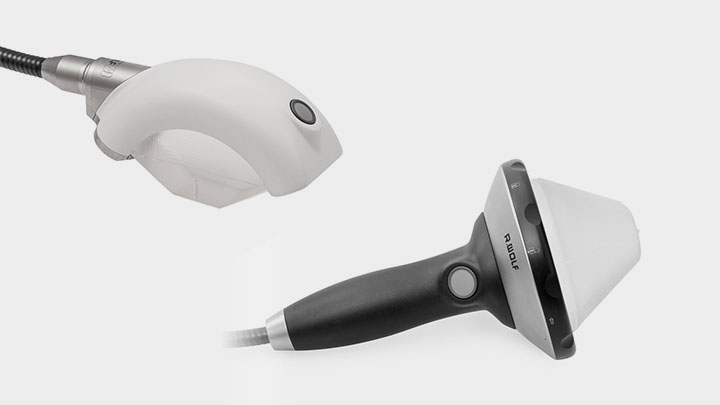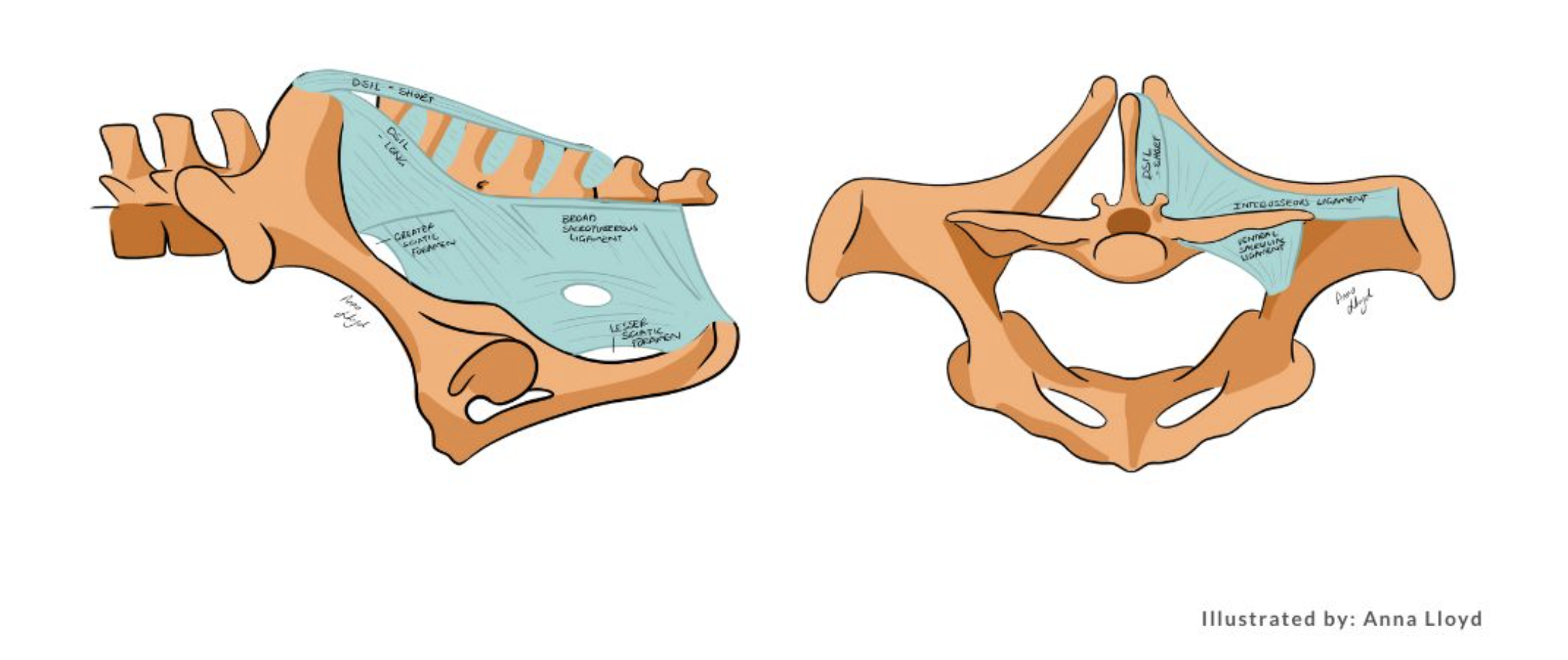Understanding Energy Use and Definitions for Focused Shockwave Therapy
The terminology surrounding energy in shockwave therapy can be convoluted and unclear, lacking a set standard or definition for what constitutes "high," "medium," or "low" energy levels. However, there are indications that certain energy levels may be more effective for treating specific conditions. In this post, we aim to clarify the definition of high, medium, and low energy levels as they pertain to the Piezowave2-Vet shockwave system and as described in the relevant literature.
Measuring the energy output of shockwave systems can be a challenging task. The energy required to initiate mechanotransduction in different types of tissue is also difficult to measure accurately. Shockwaves are defined as high-pressure waves with a steep slope and rapid rise time, followed by a low-pressure wave, all occurring within 5-10 microseconds. These waves are created by focusing an array of pressure waves at a specific point, known as the focal zone, using electrohydraulic, electromagnetic, or piezoelectric generators. Different generators produce focal zones that vary in shape and volume, and these zones differ slightly when systems are run at different output intensities.
Energy Flux Density (EFD) is a measurement of acoustic pressure at the center of the focal zone and is commonly used to describe shockwave energy output. However, it does not necessarily correlate with clinical success due to differences in tissue type and the path of pressure waves. It is important to consider how much of the energy is reaching the target tissue, as biologic tissues have varying acoustic impedance. Bone healing, for example, requires more energy than soft tissue healing. The International Society for Medical Shockwave Treatment recommends reporting multiple variables, including type of device, frequency of pulses, number of pulses, and pulse intensity (EFD). 
Defining high, medium, and low energy in shockwave therapy is not standardized, which can cause confusion and misleading information. However, an early study on rabbit tendons defined low energy as 0.08 mj/mm2, medium as 0.28 mj/mm2, and high as 0.6 mj/mm2. It was found that a high energy dose of 1000 pulses at 0.6 mj/mm2 caused damage to tendon structures, indicating that high energy is not recommended. Positive clinical results have been achieved with an EFD of around 0.15 mj/mm2, and treatments with an EFD of 0.1 mj/mm2 and below can be considered low energy, while 0.1-0.3 mj/mm2 can be deemed medium energy, and about 0.3 mj/mm2 and above as high energy. However, an EFD of 0.6 mj/mm2 and above must be used with extreme caution, especially when treating soft tissue and myelin-covered nerves.
It's crucial to make informed decisions when using therapeutic shockwave therapy, and that means understanding the definition of high, medium, and low energy levels. While Energy Flux Density (EFD) can be quantified, total energy levels are challenging to measure due to varying tissue types and focal zone volumes. It's a common misconception that higher total energy is always more effective, but the reality is that clinically effective energy is dependent on the specific condition being treated. For instance, a small tendon lesion won't benefit from a large area of energy. It's also important to note that high energy levels in terms of EFD can potentially harm tissue, making it less desirable in certain cases.
Shockwave dosing is equally as difficult and confusing and this will be covered as a separate topic.
References
- Ogden, J. A., Tóth-Kischkat, A., & Schultheiss, R. (2001). Principles of shock wave therapy. Clinical Orthopaedics and Related Research (1976-2007), 387, 8-17
- Physical principles of ESWT. The International Society for Medical Shockwave Treatment.
- Saggini, R., Di Stefano, A., Saggini, A., & Bellomo, R. G. (2015). Clinical application of shock wave therapy in musculoskeletal disorders: Part I. J Biol Regul Homeost Agents, 29(3), 533-45.
- DIGEST Guidelines for Extracorporeal Shock Wave Therapy. Available online:
- Rompe, J. D., Kirkpatrick, C. J., Küllmer, K., Schwitalle, M., & Krischek, O. (1998). Dose-related effects of shock waves on rabbit tendo Achillis: a sonographic and histological study. The Journal of bone and joint surgery. British volume, 80(3), 546-552.
- Poenaru, D., Sandulescu, M. I., & Cinteza, D. (2023). Biological effects of extracorporeal shockwave therapy in tendons: A systematic review. Biomedical Reports, 18(2), 1-12.
- Lee, T. C., Huang, H. Y., Yang, Y. L., Hung, K. S., Cheng, C. H., Chang, N. K., ... & Wang, C. J. (2007). Vulnerability of the spinal cord to injury from extracorporeal shock waves in rabbits. Journal of Clinical Neuroscience, 14(9), 873-878.
ELvation Marketing Team
Combining sales and flexible customer support with many years’ in-depth knowledge of medical equipment we offer customized solutions to create value with long-term investments and medical supplies. ELvation’s strength lies in its ability to combine the apparently contradictory needs of improving the standards of patient care by providing high-quality medical technology and good corporate profitability. We have a special partnership with Richard Wolf GmbH as their long-term authorized Sales & Service Team for piezo shockwave systems.



